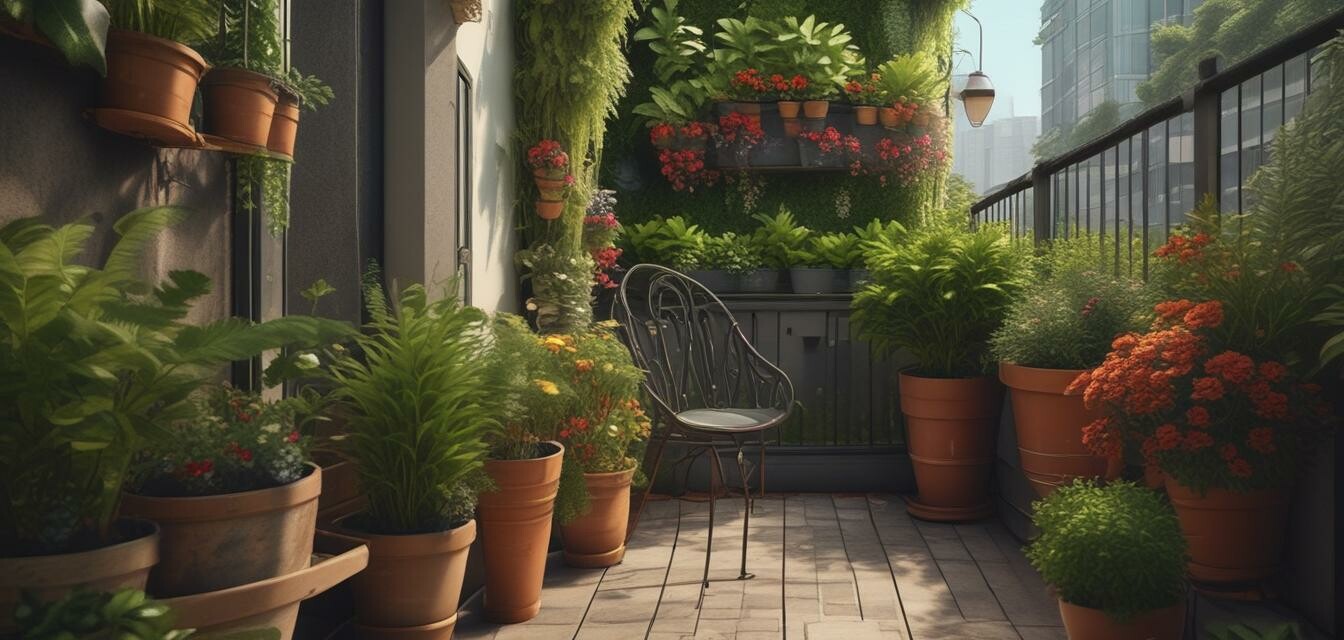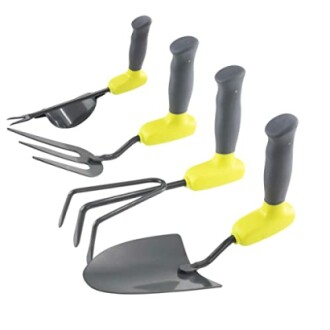
How to Incorporate Vertical Gardening on Balconies
Key Takeaways
- Understand your balcony's light conditions to select suitable plants.
- Use vertical space effectively by installing shelves, trellises, or wall-mounted planters.
- Choose plants that grow well in containers, such as herbs, flowers, and small vegetables.
- Ensure proper watering and drainage for healthy plant growth.
- Consider using ergonomic tools for ease of maintenance.
Living in an urban environment often means that balcony space is limited. However, vertical gardening is an innovative solution that allows you to create a lush green oasis while maximizing your available space. This comprehensive guide will provide a step-by-step approach to integrating vertical gardening into your balcony, enabling you to enjoy a vibrant and productive gardening experience.
What is Vertical Gardening?
Vertical gardening involves growing plants upward rather than outward. By utilizing walls, trellises, or specially designed planters, you can save valuable floor space while creating stunning displays of greenery. This technique not only looks beautiful but also improves air quality and enhances the microclimate around your home.
Step-by-Step Guide to Vertical Gardening on Your Balcony
1. Evaluate Your Balcony Space
Begin by assessing your balcony to understand how much vertical space you have at your disposal. Take note of the following:
- Height and width of the balcony
- Amount of sunlight (sunny, partial shade, or full shade)
- Wind exposure which may affect plant growth
2. Choose the Right Plants
Selecting the correct plants is crucial for a successful vertical garden. Here are some excellent options:
| Type of Plant | Ideal Location | Growth Habit |
|---|---|---|
| Herbs (Basil, Thyme) | Sunny areas | Compact and bushy |
| Flowering Plants (Petunias, Pansies) | Partial to full sun | Trailing and climbing |
| Small Vegetables (Cherry Tomatoes, Peppers) | Sunny spots | Bushy and upright |
3. Design Your Vertical Garden
Your design choices will depend on your balcony's layout and your personal style. Here are some ideas:
- Vertical racks or shelves for potted plants.
- Wall-mounted planters for a cascading effect.
- Trellises for climbing plants like beans and peas.
4. Installation
Make sure to securely attach your vertical garden structures. Use hooks, anchors, or brackets suitable for your balcony materials. If using planters, ensure they have adequate drainage holes to prevent waterlogging.
5. Planting and Maintenance
When planting, follow these steps for best results:
- Prepare your soil by mixing in organic compost for nutrition.
- Water the plants right after planting.
- Monitor sunlight exposure and rotate plants if necessary.
KLEVA Comfort Garden Tools Set
This durable 4-piece gardening kit features a 90-degree handle, perfect for reducing wrist strain while gardening. Its ergonomic design is suitable for all users, especially seniors.
More DetailsMaintaining Your Vertical Garden
Regular maintenance is key to a flourishing vertical garden. Here are a few tips:
Helpful Tips for Beginners
- Use a watering can or drip irrigation system to ensure even watering.
- Fertilize with a balanced fertilizer every few weeks during the growing season.
- Regularly check for pests and treat them organically when possible.
- Harvest herbs and vegetables regularly to encourage growth.
Conclusion
By incorporating vertical gardening into your balcony, you can enjoy a beautiful green space without sacrificing valuable floor space. With the right tools and plants, your balcony can transform into a thriving garden oasis. Happy gardening!
Pros
- Maximizes limited space
- Enhances aesthetics
- Supports various plant types
- Improves air quality
Cons
- Requires regular maintenance
- May be challenging in harsh weather
- Initial setup can be costly
